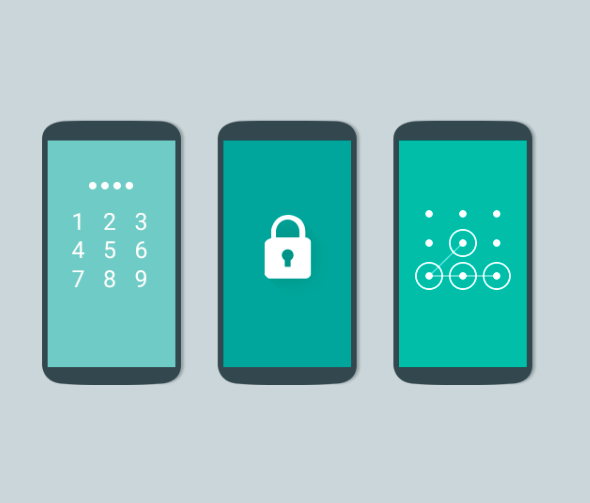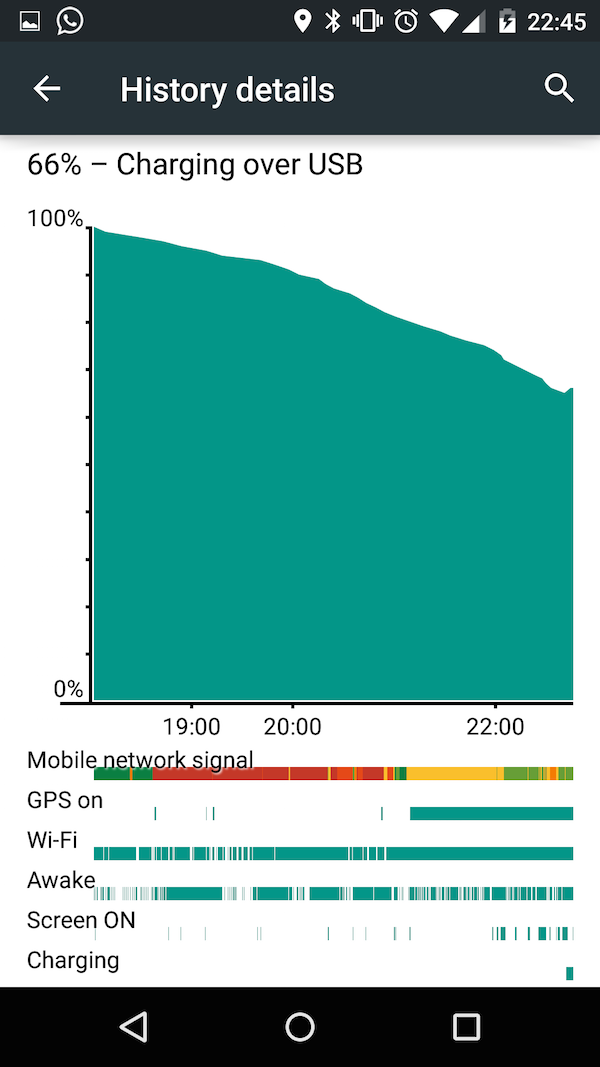Android 5.0 Lollipop review: Google's sweetest mobile OS?
Google starts rolling out Android Lollipop - but be warned if you're thinking about upgrading older devices

The best version of Android to-date - Lollipop is superb on newer hardware but not suited to 2012 devices.
-
+
Material Design is attractive; Better battery life; Notifications improved; Smart unlock
-
-
Some apps aren’t compatible yet; Problems with older devices Nexus 7 (2012)
Full device encryption is enabled by default from the first boot. SELinux (Security Enhanced Linux), which was introduced in Android 4.4 is stepped up. In Lollipop SELinux Enforcing mode is required for all applications on all devices. This bring security policy enforcement to the kernel level, creating a more secure sandbox environment for apps so there's less room for attack. It should also help to make auditing and monitoring easier.
Smart Lock means you don't have to type in a pin or password to unlock your handset if it's connected to a trusted Bluetooth device such as an Android Wear smartwatch, headphones or speakers. Smart Lock also works for face unlock, so you can set a trusted face' although we don't see it being used much.

If you have Smart Unlock turned on, you can manually reinitiate the lock screen security by tapping and holding the padlock icon. This will be useful if you are within range of your smartphone or tablet but still don't want anyone to be able to grab the device and rummage through your personal data.
Screen pinning' is another addition. This lets you lock the device to a single app, requiring a pin code or pattern unlock to exit to the home screen. You'll need to turn the feature on in the Security menu as it's off by default. It's a great if you have children as you can open up an app and be assured they're not going to access anything else on your smartphone or tablet.
ART
Android Lollipop supports 64-bit architecture, included in the latest devices such as the Nexus 9 tablet.
Google has also moved to the Android Runtime (ART) and away from the Dalvik runtime used in previous versions of Android.
ART is an ahead of time compilation that converts your applications into native machine code at time of installation. This is important for compatibility with the various different architectures used for Android devices such as ARM, x86 and MIPS. This should also introduce battery and performance improvements over the previous runtime that used just in time compilation whenever you opened an application.
Notable to audiophiles, Lollipop also introduces native support for USB audio. This means you're able to connect a USB DAC to any Android device that supports USB OTG for improved audio.
Battery life
Project Volta focuses on improving battery life. One of the areas Google has worked on is reducing the battery drain from mundane tasks like waking the device up.
Battery Historian provides in-depth details on what is draining your battery and provides a fancy chart to show how your battery is depleting throughout the day. It also estimates when your battery is likely to run out of juice helping you to plan ahead.

Lollipop retains the battery saver mode, which users can switch on or automate. This drastically lowers the device's performance by turning off features like background data. But it will help devices last longer.
A new job scheduler API makes scheduling tasks to run at specific times easier for developers and allows the device to sleep for a greater proportion of time, also boosting battery life.
Those who flashed their Nexus 5 devices with a Developer Preview will be pleased to hear a miscellaneous Wi-Fi battery drain bug has been fixed in the final build.
Android annoyances
While there's a lot to like about Lollipop, it has niggles. You can no longer turn off sound and vibrate by using the volume rocker. Now you'll need to go into the sound settings menu.
Similarly, vibrate or silent modes were previously available by holding the power button but these have now been removed. It's a baffling decision as these will useful shortcuts.
Not all apps are configured to run on Android Lollipop because it has just been released. At time of writing come popular apps like BBC iPlayer and MX Player weren't working.
While the new notifications are for the most part excellent, some people will miss the extra information provided in KitKat. Previously, extra detail from a notification would appear briefly across your status bar. This meant for apps like Whatsapp having a quick at-a-glance readout of a message. Now when you have a notification an icon will appear in the status bar and nothing else. Some might actually prefer this as it offers more privacy as it was easy to read someone's incoming messages by accident.
Priority interruptions combined with downtime that turns the function on during set periods, such as overnight, also don't seem to work as expected. While calls and messages are silenced, notification sounds from apps such as Whatsapp still chime. Only setting interruptions to none will silence all notification sounds but this also silences alarms, which is risky.
As a random aside, we also encountered a few bugs running Lollipop on a Nexus 7 2013 with text inexplicably spread across multiple lines in the Wi-Fi connection menu.
Overall
Android Lollipop is the most refined version yet. It runs smoothly on the latest hardware and is able to breathe new life into current devices such as the Nexus 5. But be warned devices from 2012 don't appear to be able to handle the software update and performance on products such as the Nexus 7 (2012) will not live up to expectations.
Verdict
The best version of Android to-date - Lollipop is superb on newer hardware but not suited to 2012 devices.
Get the ITPro daily newsletter
Sign up today and you will receive a free copy of our Future Focus 2025 report - the leading guidance on AI, cybersecurity and other IT challenges as per 700+ senior executives
-
 M&S suspends online sales as 'cyber incident' continues
M&S suspends online sales as 'cyber incident' continuesNews Marks & Spencer (M&S) has informed customers that all online and app sales have been suspended as the high street retailer battles a ‘cyber incident’.
By Ross Kelly Published
-
 Westcon-Comstor unveils new managed SOC solution for Cisco partners
Westcon-Comstor unveils new managed SOC solution for Cisco partnersNews Powered by Cisco XDR, the new offering will enable partners to tap into new revenue streams, the company said
By Daniel Todd Published
-
 More than 5 million Americans just had their personal information exposed in the Yale New Haven Health data breach – and lawsuits are already rolling in
More than 5 million Americans just had their personal information exposed in the Yale New Haven Health data breach – and lawsuits are already rolling inNews A data breach at Yale New Haven Health has exposed data belonging to millions of people – and lawsuits have already been filed.
By Emma Woollacott Published